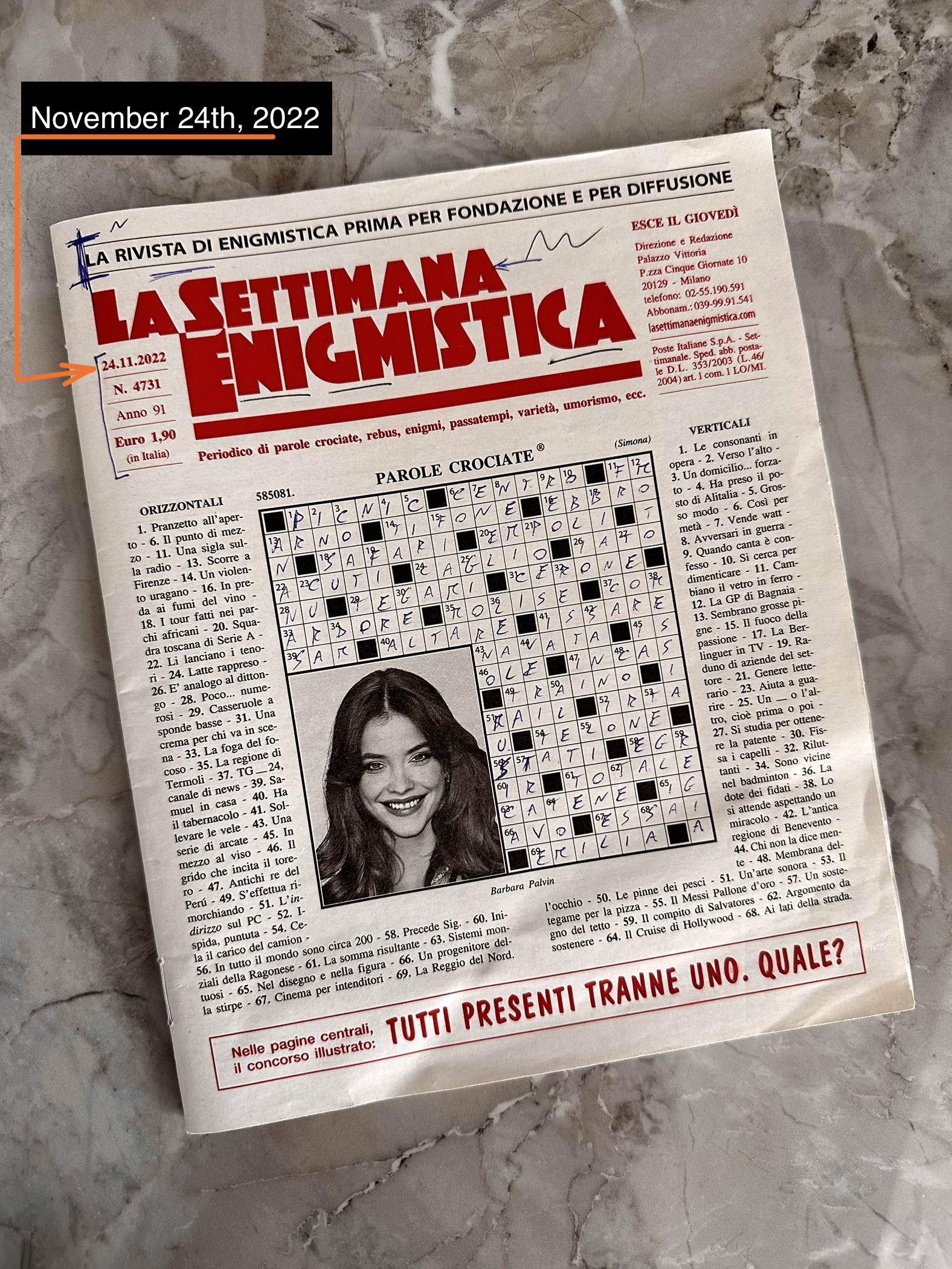In the last Posts we started discussing Personal Finance Strategies to manage the 5 core areas of Personal Finance: Income, Spending, Savings, Investments and Protection.
In this Post we will continue our discussion, talking about basic Personal Finance Strategies – Part 3.
Personal Finance – 10 Basic Strategies
Here we will cover Strategies from 8 to 10.
.
8. Buy Insurance
As you age, it’s natural for you to accumulate many of the same things your parents did — a family, home or apartment, belongings, and health issues.
Insurance can be expensive if you wait too long to get it. Health care, long-term care insurance, life insurance; it all increases in cost the older you get. Additionally, you never know what life will send your way. If you’re the sole breadwinner for the family, or you and your partner both work to make ends meet, a lot depends on your ability to work.
You should look into insurance and find ways to reduce your premiums, if possible: auto, home, life, disability, and long-term care (LTC). Periodically review your policy to ensure it meets your family’s needs through life’s major milestones.
Insurance can cover most of the hospital bills as you age, leaving your hard-earned savings in your family’s hands; medical expenses are one of the leading reasons for debt in some countries. This is much less true in most of Europe, where Public Health is proudly considered a right (even if ageing population is creating sustainability problems for this).
If something happens to you, life insurance can give those you leave behind a buffer zone to deal with the loss and get back on their feet financially.
.
9. Maximize Tax Breaks
In most country, due to an overly complex Tax Code, many people leave significant amount of money on the table every year.
By maximizing your tax savings, you’ll free up money that can be invested in your reduction of past debts, enjoyment of the present, and plans for the future.
You should start saving receipts and tracking expenditures for all possible tax deductions and tax credits. After you’re organized, you’ll want to focus on taking advantage of every tax deduction and credit available, as well as deciding between the two when necessary.
In short, a Tax Deduction (Deduzione Fiscale in Italian) reduces the amount of income on which you are taxed, whereas a Tax Credit (Detrazione Fiscale in Italian) reduces the amount of tax that you owe. This means that a $1,000 tax credit will save you much more than a $1,000 deduction.
.
10. Give Yourself a Break
Budgeting and planning can seem full of deprivations. Make sure you reward yourself now and then. Whether it’s a vacation, a purchase, or an occasional night on the town, you need to enjoy the fruits of your labor. Doing so gives you a taste of the financial independence you’re working so hard for.
Last but not least, don’t forget to delegate when needed.
Even though you might be competent enough to do your own taxes or manage a portfolio of individual stocks, it doesn’t mean you should. Setting up an account at a brokerage and spending a few hundred dollars on a certified public accountant(CPA) or a financial planner—at least once—might be a good way to jump-start your planning.
It can be tempting to do all by yourself (I have this problem, honestly), but the more you advance in your path towards Financial Freedom, the more you need help from professionals and save your energy and time for other goals – and for enjoyment.
Conclusions
In this post we shortly discussed Personal Finance – Basic Strategies (Part 3 of 3). You can find Part 1 here and Part 2 here.
Of course, we could discuss them in much greater details (and we will). For now, however, it should be enough to have a rough idea.
In the next posts, we will talk about Personal Finance Skills and how to develop them through education.
See you soon!






Leave a Reply